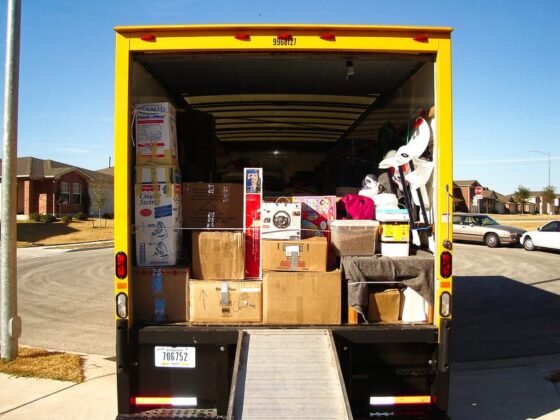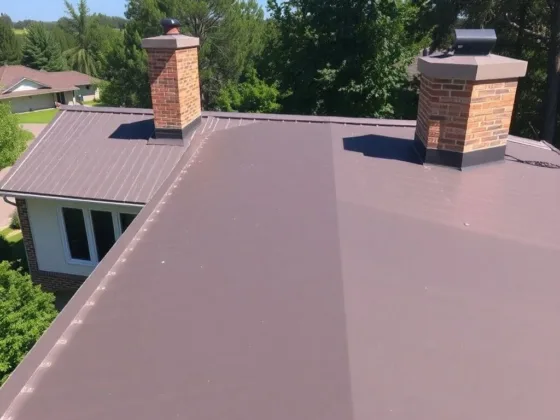Working with power tools could be very dangerous if you’re not careful and don’t know how to handle the tools.
Construction workers, woodworkers, and other professionals would usually have their first lesson on the job with the dos and don’ts of using power tools.
Ensuring that all the workers are informed, have the best safety gear, and are knowledgeable about their devices would be the responsibility of every business owner to incorporate power tools.

To help with the basic dos and don’ts that everyone could follow, read more here:
DO use the correct power tool for the job it was intended for. When workers improvise by using a tool irresponsibly, accidents will happen. Forcing a power tool to perform beyond its limits and not what it’s intended for could cause serious injury to the operator or the team members.
DO make sure that all power tools are in good working order. Regular checks and maintenance should prevent injuries. Replace broken or damaged parts of the power tool to ensure it’s in top-performing condition.
DO use high-quality tools like the ones found at Data Power Tools Online for the best results. High-quality tools may cost more than other brands, but there’s a good reason for this. With more built-in safety features and a guarantee of good performance, these tools make the best option.
Read Also:
DO switch the power tool off before plugging it into the electrical socket. If the power switch is on, this could cause moving or rotating parts which can injure the person attempting to use it.
DO clean the tools after each use. Devices kept clean would be less likely to malfunction or have issues. Built-up dirt and grime may prevent the tool from functioning correctly, and this could cause problems if left unchecked.
DO use a grounding extension and plug with the power tool. Any grounded electrical item may prevent electric shock when there’s a power surge or malfunction with the equipment.
DO keep the power cords neat. This essential tip would be for storing the tools and during their operation. When power cords are stored neatly, it could prevent damage, and neat power cords while working could avoid trips and fall accidents.
DO read the instructions and make sure that you know how to operate the tool before using it. Reading through the booklet or manual provided with the device would give the user valuable information about safely handling and storing the tool.
DO use the proper safety wear when operating the tool. When working with these devices, safety goggles, gloves, and safety shoes may be a good idea. Even for home improvement projects, rather be safe and use the safety equipment.
DON’T operate any power tool when under the influence of substances like alcohol, drugs, or strong medication. Because these substances affect concentration, it could be disastrous when combined with a power tool.
DON’T put the power tool down until it has ultimately come to a standstill. Moving parts are always dangerous and could cause damage to the work area or other team members.
DON’T pull on the electrical cords of the tools. Ensure that you have enough length to reach where you’ll be working.
DON’T use the tools or plug them in or out if your hands are wet or overly sweaty. Relatively, dry your hands before operating the tools as this will prevent electric shock.
DON’T use broken tools, smell like smoke, or have an otherwise burning smell. This could mean that the devices may malfunction and be unsafe for use.
DON’T let clothing or parts of the body like fingers get in the way. Keep away from the moving or operational aspects and follow the safety instructions given for the specific tool.
DON’T use power tools close to water or in wet conditions like rain. To prevent electric shock, make sure the area is dry and wait for the rain to clear before operating the tools again.
DON’T allow onlookers to come close to where the power tools will be operated. Keep everyone at a safe distance from the moving parts, even the helpers that may assist during the process.
DON’T store the power tools where children or untrained people have access to them. Prevent unnecessary injury by safely storing the devices away and locking them if need be.
Putting it All Together
Everyone can agree that working with power tools needs a steady hand and a clear mind. Being safe should be a top priority, not only for the person operating the device but also for onlookers.
Knowing the basic dos and don’ts of operating any tool could prevent injury and even death. Pay close attention to the safe operating instructions given with the power tools, and it should ensure a job is well done.











